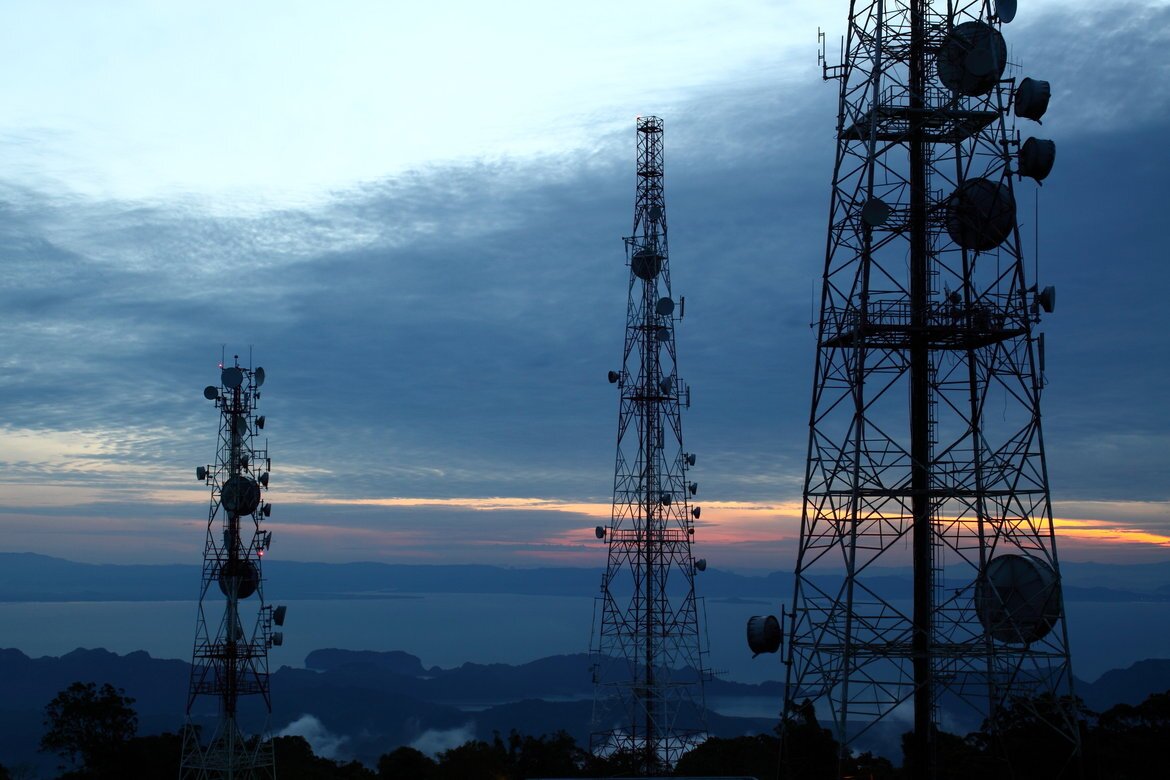
Artificial Intelligence (AI) is transforming more than just search engines and social media—it’s reshaping how cellular networks operate. As demand for intelligent, real-time mobile services surges, networks face growing pressure. From AI-enhanced apps to robotic assistants, the influx of new technology demands stronger infrastructure.
At the heart of this evolution is Extremely Large Aperture Array (ELAA) technology. ELAA antennas promise better performance, especially as 5G-Advanced gains traction and 6G looms. Mobile traffic keeps growing, and networks must evolve fast. AI and ELAA are together enabling smarter, more responsive mobile experiences that redefine connectivity.
AI Ushers in the Mobile AI Era
AI applications are pushing mobile data usage into new territory. Video, voice, and AI-driven experiences demand greater capacity. Real-time communication tools are rising, and AI-enabled personalization is reshaping user behavior. This shift from passive consumption to interactive engagement fuels cellular traffic and demands rapid infrastructure upgrades.
ELAA Expands Network Capabilities
ELAA antennas offer breakthrough advances in both data throughput and coverage. With hundreds to thousands of antenna elements, ELAA systems boost signal quality and user experience. Innovations like high-frequency active units and AI-optimized positioning help operators handle growing demand with better efficiency.
5G-Advanced Prepares for the Future
5G-Advanced builds on current 5G infrastructure with lower latency and greater reliability. It supports precise positioning, XR experiences, and massive IoT. The technology also relies on AI to manage traffic and optimize performance. As networks migrate to 6G, ELAA will become even more essential to handle spectrum efficiently.
Smarter Spectrum Use with TDD and mMIMO
Time Division Duplex (TDD) spectrum enables flexible uplink and downlink sharing. This is critical as upload traffic grows. Mobile telcos now use massive MIMO configurations like 64T64R, which balance capacity and coverage. ELAA takes this further, using dynamic beamforming for high-density urban areas and industrial zones.
Holographic MIMO and the Rise of Cell-Free Networks
Traditional networks rely on isolated cell towers, but ELAA and holographic MIMO change that model. By syncing antennas in real time, networks act as one seamless system. This coordination supports low-latency applications and improves performance in high-traffic environments, including autonomous transport and industrial automation.
Preparing for the Zettabyte Future
By 2028, cellular networks will handle more than 3 zettabytes of data annually. That’s more than double today’s traffic. ELAA and AI help operators meet this challenge while reducing power usage. New materials and cooling technologies further enhance antenna performance, making high-capacity networks sustainable and scalable.
Conclusion: AI and ELAA Define Tomorrow’s Network
Cellular technology has evolved into a $1.5 trillion industry. Yet, the future will demand even more. AI will drive traffic growth, while ELAA will help networks scale to meet it. Innovations in antenna design, spectrum management, and AI integration will define the next decade of telecom.
https://www.rcrwireless.com/20250502/uncategorized/ai-elaa-spectrum



































































